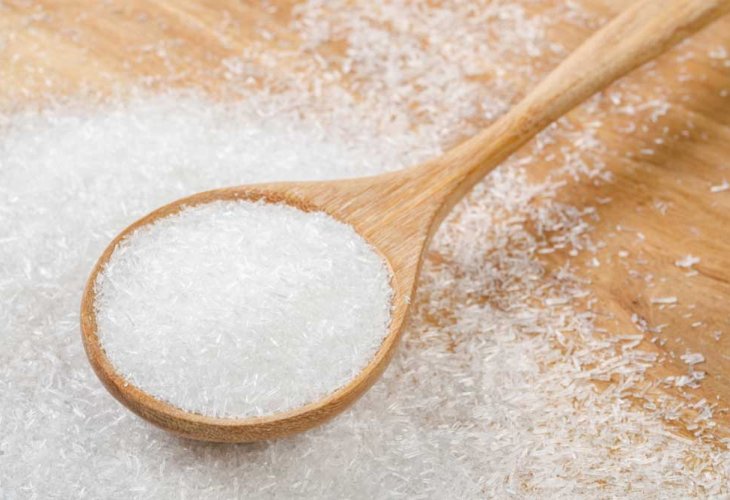Unpacking MSG: The Story Behind the Flavor Enhancer
What is MSG, where is it found, and why all the fuss?
 (Photo: shutterstock)
(Photo: shutterstock)Monosodium glutamate (MSG) is a salt – the sodium salt of glutamic acid. Glutamate is a neurotransmitter, a chemical messenger found in our brain, in small and regulated amounts.
Glutamic acid is a naturally occurring amino acid found in many foods. In nature, it is bound by peptides – lipids that slowly break down during digestion, preventing the sudden overload that occurs when consuming the processed and artificial version of MSG.
Glutamic acid is found in meat, poultry, fish, tomatoes, corn, mushrooms, cheese, and more.
The roots of MSG can be traced back to Asian cultures. It was discovered in Tokyo in 1908. The Japanese quickly began producing the substance from seaweed, and by the 1940s, American companies started manufacturing MSG from corn and wheat gluten.
The processed form is a crystalline white substance resembling salt or sugar. It's very cheap to produce and has an umami taste – a savory flavor. It is used as a flavor enhancer in almost all canned, packaged, and processed foods found in stores.
Because this substance tricks our brains into believing that what we're eating is tastier than it truly is, manufacturers use it as a substitute for quality ingredients. It's addictive, leading us to use it repeatedly.
Usually, most people consuming MSG don't feel anything in the short term. However, those sensitive to it might experience symptoms within an hour of consumption, such as thirst, tingling, chest pains, rapid heartbeat, headaches, sweating, weakness, nausea, or even swelling in the limbs.
While some may not be immediately sensitive to MSG, continuous intake has been suspected of causing issues like neurological problems, improper digestion, high blood pressure, and more. It can also disrupt the brain's electrical system, potentially leading to behavioral issues like hyperactivity or attention disorders. It is suspected of contributing to illnesses like high cholesterol, Alzheimer's, Parkinson's, or cancer.
MSG is found in a variety of foods: in soup powders, instant meals like cup noodles, canned vegetables, various deli meats, prepared foods, pizza seasoning, Chinese food, crackers, snacks, sauces, processed meats, and more.
It's advisable to check ingredient lists carefully to avoid MSG. Be aware that it can hide under different names, such as MSG, E-621, beef or chicken stock, flavor enhancers, spices, modified starch, glutamic acid, hydrolyzed protein, soy sauce, and more.
The best products are those labeled "no MSG."
To book home workshops featuring Rabbanit Rachel Bazari, call 073-2221240 or 052-9551588

